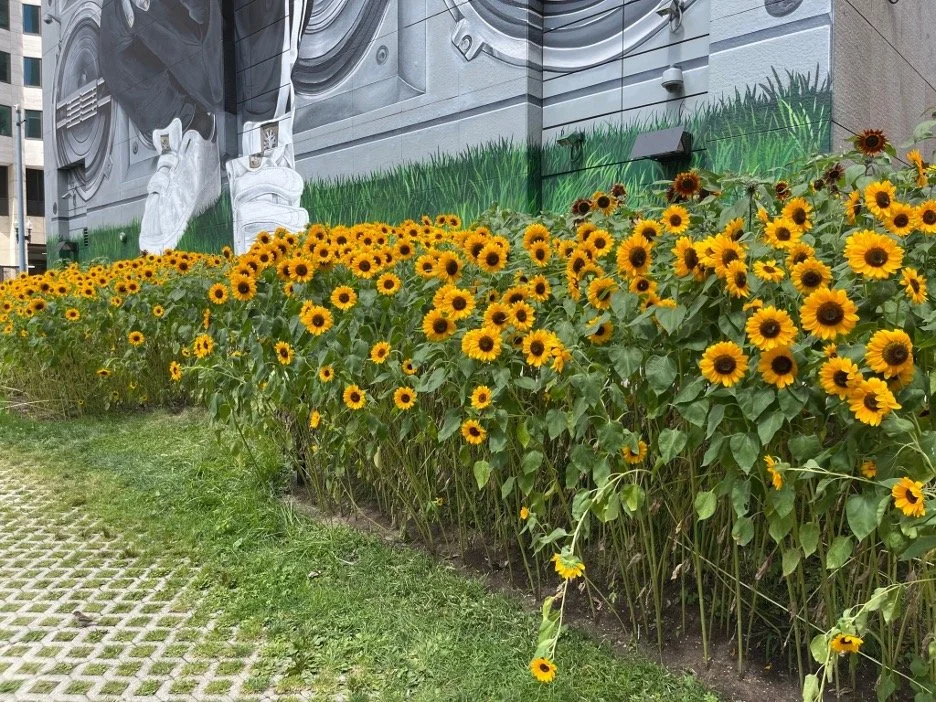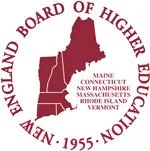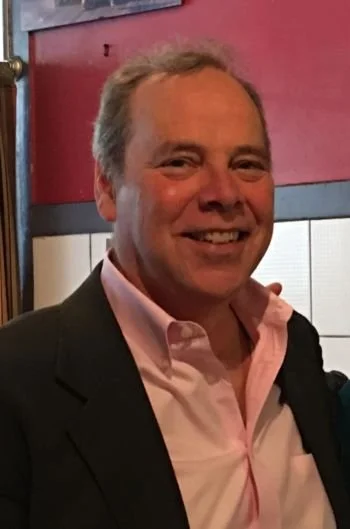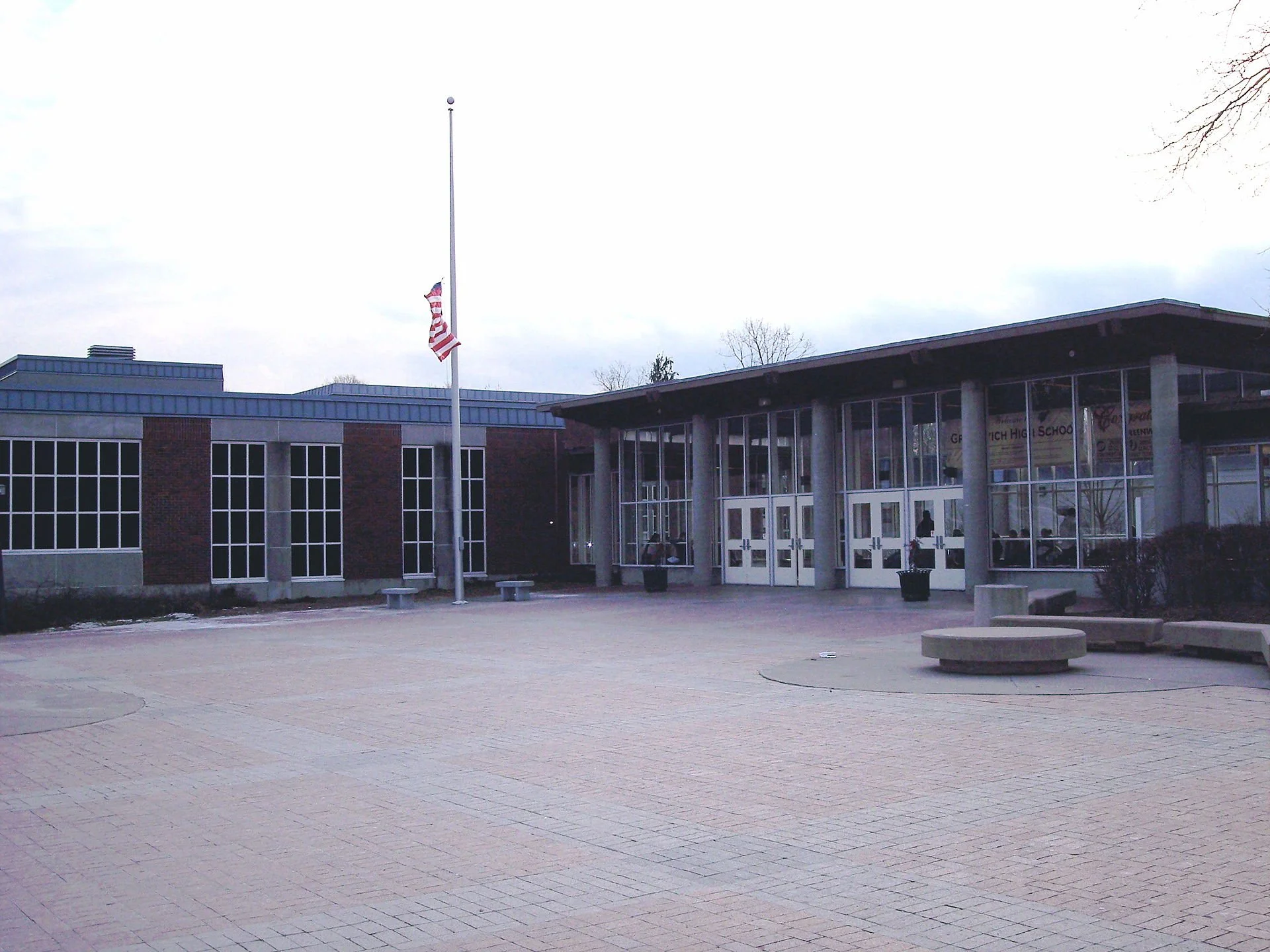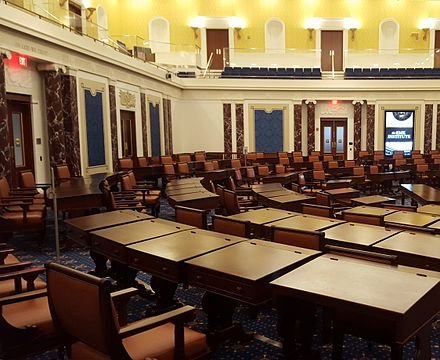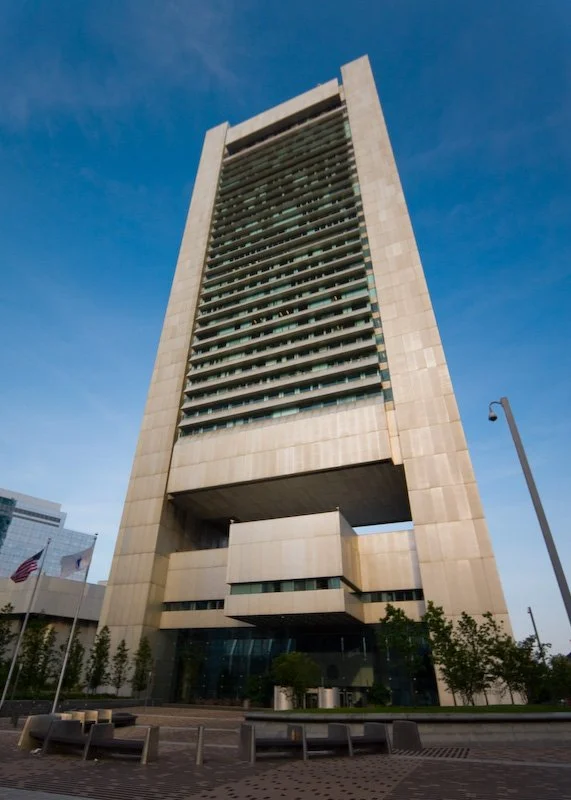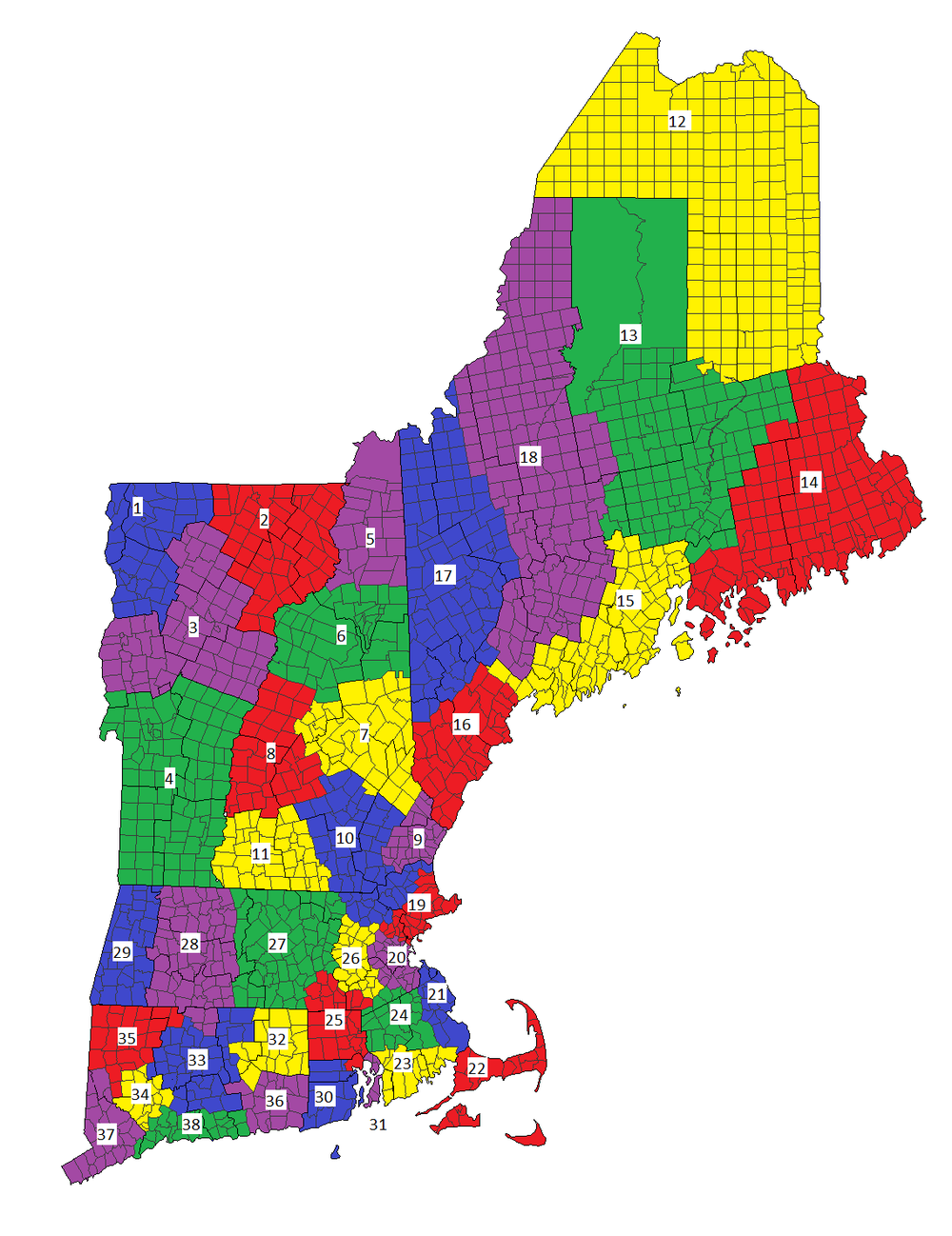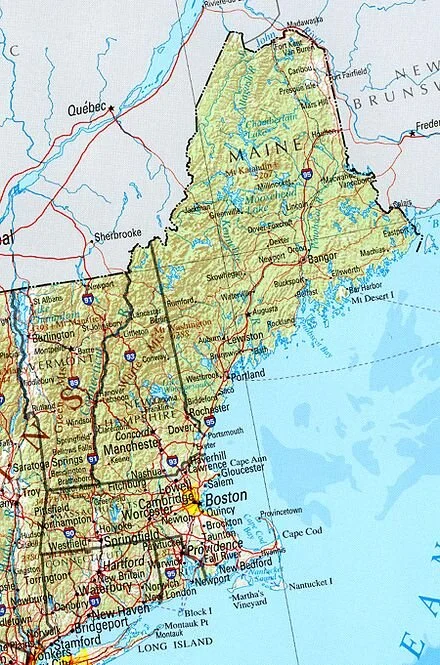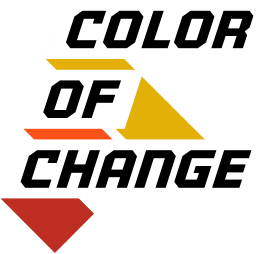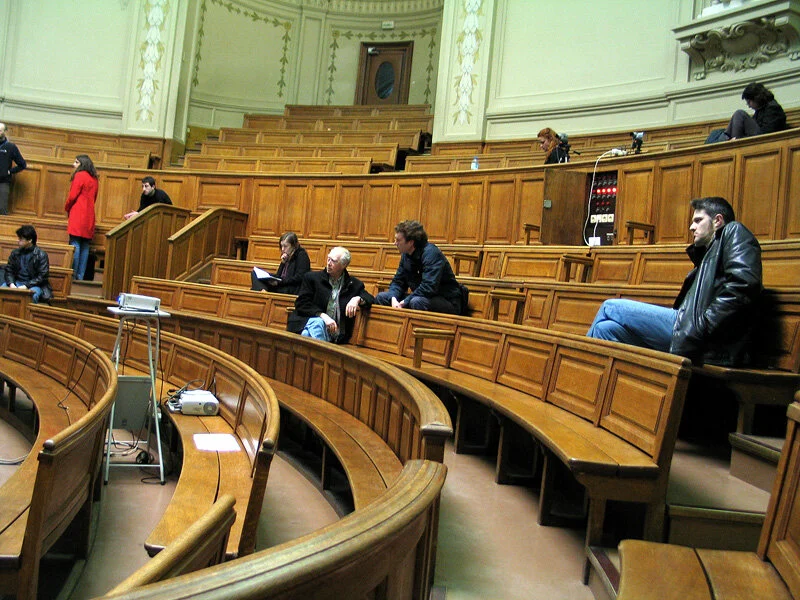From The New England Journal of Higher Education (NEJHE), a service of The New England Board of Higher Education (nebhe.org)
Nancy Thomas is director of the Institute for Democracy & Higher Education at Tufts University’s Jonathan M. Tisch College of Civic Life.
In the following Q&A, NEJHE Executive Editor John O. Harney asks Thomas about her insights on higher education, citizen engagement and elections. (A Q&A along the same lines has been conducted with the Edward M. Kennedy Institute for the United States Senate. Watch this space for more on higher education and citizen participation in this critical time for American democracy.)
Harney: What did the 2016 and 2018 elections tell us about the state of youth engagement in American democracy?
Thomas: Only 45% of undergraduate students voted in the 2016 presidential election, compared with about 61% of the general population. People on both sides of the political aisle had strong reactions to the election of Donald Trump as president, making 2016 a wake-up call. That, coupled with some intriguing, diverse candidates and growing issue activism, is a formula for youth engagement. We do not have our numbers for 2018—they will be available in September—but all signs point to a big jump in college student voting. Overall, Americans turned out at record high numbers in 2018.
Harney: How else besides voting do you measure young people’s civic citizenship? Are there other appropriate measures of activism and political involvement?
Thomas: Measuring student civic engagement is tough. In her 2012 review of civic measures in higher education, Ashley Finley at the Association of American Colleges & Universities (AAC&U) concluded that although students participate in a continuum of civic learning practices, we need more evidence of their impact on student development, learning and success.
One problem is a lack of consensus over what counts as engagement. Knowledge about democracy? Intercultural competencies and other skills? Volunteering? Activism off campus? Following an issue on social media? Joining a group with a civic purpose? To measure engagement, many campuses conduct head counts of how many people took certain courses or volunteered or joined a club engaging in issue activism or attended a forum, etc.
Usually, civic engagement and development are measured by self-reported responses to surveys about behavior and attitudes. The CIRP senior survey asks whether students have worked on political campaigns or local problem-solving efforts. And the National Survey of Student Engagement,also a student survey, asks about voting, contributing to the welfare of the local community, and developing cultural understanding and a personal code of ethics.
Another approach is to administer pre- and post-experience questionnaires or require students to write reflective essays about their experiences. Some institutions survey alumni and correlate alumni engagement with learning experiences, if they have kept that record.
To my knowledge there is no objective, quantitative measure of civic engagement, much less political engagement, other than our voting study.
Harney: What are the key issues for college students?
Thomas: College students care about the same issues that most Americans care about—economic stability and jobs, health and access to healthcare, and education quality and access, particularly student debt and college affordability. They also care deeply about civil rights, discrimination and injustice, encompassing a range of concerns: immigration and the treatment of refugees at the border, DACA and, for those not threatened by the possibility of deportation, the treatment of their DACA peers; mass incarceration; criminal justice reform, racial discrimination and profiling; and hate speech and rise of hate groups and crimes. They also care about climate change and gun violence. I should note that, much like any group in the U.S., college students represent nearly all perspectives you can imagine. Right now, these are the issues that appear to be driving them.
Harney: Do they pay as much attention to local and state policy as to national and global?
Thomas: Some do, but it may be specific to the region or state. Or the institution. Around 50% of college students attend local community colleges, and nearly 85% attend college in-state. Local and state politics directly affect them, their families and communities.
It also depends on who is running for office. In Kansas and Iowa in 2018, for example, students turned out to impact the governor’s races. In the 7th Congressional District of Massachusetts, which is home to several universities, young people turned out to elect Ayanna Pressley.
Our office spent a lot of time on the phone during the 2018 midterms, and that was one trend that stood out to us—there was a great deal of feedback from administrators on campuses that students were engaging in local races more than in the past. We heard stories of local interest that often dovetailed with what was happening at the national level: local judicial elections (in the wake of the Brett Kavanaugh hearings), state representative races (amid a number of stories about state legislatures and state power structures), along with students jumping into races themselves, looking to create change.
In 2018, several students ran for local office. A sophomore at Spelman College ran for the local school board and narrowly lost. Rigel Robinson chose to run for local city councilrather than go to grad school right after graduating from UC Berkeley. He won.
That said, students are like all Americans—they care about the presidential election more. In 2014, only 13% of 18- to 24-year-old college and university students voted. That low number reflects national malaise. It also reflects the unique barriers to voting facing first-time voters and student attending institutions away from home. In midterms, students are less motivated to overcome barriers to voting.
Harney: Do they show any particular interest in where candidates stand on “higher education issues” such as academic freedom?
Thomas: They care about student debt and college affordability as significant higher education issues. I don’t think students would frame the issue as being about “academic freedom,” but they do care about speech and expression on campus and efforts by individuals and groups from off campus who come to campus to espouse discriminatory and hateful ideas. Our research on highly politically engaged campuses revealed nuanced attitudes to free expression on campus. Students want it and support it, but not if it crosses a line. The prevailing view is that students want their learning environments to be inclusive and welcoming regardless of race, ethnicity, immigrant status, sex, LGBTQ status and religion. They do not want groups or individuals with hateful ideas to have a platform on campus. Recently, the Knight Foundation published a report that confirmed this but also noted stark differences among different groups. Only four in 10 college women would protect speech over inclusion, compared with seven in 10 men. I have pushed backagainst this zero-sum-game approach of pitting speech against inclusion. The dominant narrative seems to be that speech, even hate speech, is always protected, at least at a public institution. I disagree.
Harney: How do the New England states treat voting rights for the many college students who live out-of-state?
Thomas: For most people, deciding where to vote is easy: They vote in the district in which they live. Students who attend and reside at a college away from home or out of state, however, may also vote near campus. Sounds easy enough, but it isn’t. Some states, for example, require not only evidence of residency but of permanence or intent to remain in the area. But what does that mean? A person has been living in the area for a month? A day? These kinds of standards are difficult to apply to most residents, and as a result, they tend to be applied to college students only.
Going into effect, ironically, right before the Fourth of July 2019, New Hampshire passed a law requiring students to obtain New Hampshire driver’s licenses or register their cars in state in order to register to vote near campus. The law is being challenged by the ACLU, the League of Women Voters and groups of students. Some legislators have also introduced a new bill that would create an exception for students, members of the military, and others living in the state temporarily. I doubt the law will hold up legally, but as of right now, students will need to go to a lot of trouble to vote locally.
The other New England states are not trying to suppress student voting, but there are many laws that could change to make voting easier, such as allowing for same-day voter registration and voting, early voting and longer time periods within which to register.
Harney: Are there any relevant correlations between measures of citizenship and enrollment in specific courses or majors?
Thomas: Yes! Education and library science majors vote at the highest rates; STEM and business majors are among the lowest. Gender might explain these differences to some extent. Women vote at higher rates than men, and fields that are dominated by women are likely to have higher voting rates. But that’s not the entire story. Education students study the historic and essential relationship between education and a strong democracy. The U.S. supports a public education system so that its citizens will be informed and prepared to participate in democracy. Both education and library sciences have a clear public purpose. This doesn’t mean that STEM and business fields do not have a public purpose. They do. But I am not sure the curriculum is designed to teach the public relevance of that field.
Harney: Are college students and faculty as “liberal” as “conservative” commentators make them out to be?
Thomas: Studies of college professors demonstrate that, overall, faculties lean liberal. In some fields like economics, they lean conservative, but overall, the professoriate is progressive. But that does not lead to “liberal indoctrination,” contrary to media reports or unique and inflammatory stories tracked by self-appointed watchdogs. Students do not arrive at college without opinions, nor are they easily manipulated. There is no evidence that students move left politically in college. Indeed, according to a recent study, college exposes students to new viewpoints and teaches them how to think, not what to think.
In our research on highly politically engaged campuses, we found that professors want students to think critically about their own perspectives, not just the perspectives of those with whom they disagree. They assign students projects in which the students must advocate for a position not aligned with their own. They teach using the Socratic method or discussion-based teaching to draw out multiple perspectives on an issue. They get students to work in groups reflecting diverse ideologies and lived experiences. If they do not hear a more conservative perspective expressed, they will introduce it. Do they sometimes take a stand on a political issue, like climate change or civil rights? Yes, but that’s the job. The job is not to be apolitical. Professors can’t cross the line into partisanship by telling students which candidate or party to support. But they can, and should, teach students to think critically about and even take a stand on political problems and solution.
Harney: What are ways to encourage “blue state” students to have an effect on “red-state” politics and vice versa?
Thomas: For better or worse, political polarization is a strong motivator for activism and voting. Young voters believe that they can make a difference and that government can solve public problems. I am confident that energy will continue through 2020.
I worry, however, that other forces like gerrymandering, money in politics, and the way politicians now cater to their “base” rather than all their constituents, will reinforce distrust in our political system. Many Americans believe that their vote doesn’t count or that their elected representatives do not represent them or their views. This leads them to ask, “why bother?”
Unfortunately, they may be right. In June 2019, the U.S. Supreme Court once again rejected efforts to stop partisan gerrymandering, leaving the drawing of districts to state legislators. Many state legislatures (both red and blue) gerrymander their districts to ensure dominance of their party. It is unlikely that politicians will voluntarily give up that power.
What’s the solution? One way to fix this problem is to get people to force their legislators to appoint nonpartisan redistricting commissions. In most states west of the Mississippi, residents can force a change to laws or state constitutions through ballots or referenda. Massachusetts is the only New England state that allows citizen-initiated statutes and amendments to the state constitutions. In 2018, voters in Michigan, Missouri, Colorado, Utah and Ohio passed initiatives to end partisan gerrymandering.
Young people can do the same on issues such as money in politics and extremism in policymaking. Educators should teach about these issues. Remember the old civics courses that taught “how a bill becomes a law?” Let’s resurrect that in college through experiential learning.
Harney: What role does social media play in shaping engagement and votes?
Thomas: Social media plays a significant role in shaping participation by young people. It’s how they get their news and information, find groups and people who care about their issues, and communicate with their peers. At its best, political engagement is a collective, and even social, act. Social media facilitates that.
The downside to social media, however, is misinformation and fake news. Manipulation through social media is a frightening truth. Colleges and universities should teach all students how to distinguish facts and fiction and to identify reliable news sources.
Harney: What do you think of an idea broached in NEJHE about ranking colleges based on the percentage of their students who vote?
Thomas: Some voter competitions compare basic voting rates; others compare election-to-election improvement. I have mixed feelings about using voting rates to compare one institution to another.
On one hand, voter competitions generate enthusiasm. They can be fun, and our research suggests that activities around elections should be spirited and celebratory. Again, engagement, including voting, is a social act. Students vote if their friends vote. Competitions can draw diverse groups to an activity, not unlike sporting events.
On the other hand, voting rates need to be critically examined. We know who the more likely voters are and what predicts voting: gender (women vote at higher rates), age (older people vote at higher rates), race (white, and some years, black Americans vote at higher rates), and affluence (wealthy people vote at higher rates). External factors also affect voting: Is it a battleground state or is student voting suppressed? Competitions will be won by institutions that admit older, affluent white women in states with same-day registration and voting.
The better approach is to calculate expected voting rates for a campus and then compare their actual with the expected, and then recognize campuses that overperform. We’re working on that, but it’s not as easy as it sounds. Student populations and voting conditions change every election. We’ll keep watching this.
We published a set of recommendations for colleges and universities interested in fostering student learning for and participation in democracy, actions that we believe will positively impact voting rates. I’d prefer to see a system that recognizes colleges and universities for how well they educate students about their responsibilities in a participatory democracy. Voting would be a factor, but it would not be the only factor.
Harney: How will New England’s increased political representation of women and people of color affect real policy?
Underrepresentation has been a serious problem in this country for a long time. According to the Reflective Democracy Campaign, white men make up 30% of the U.S. population and 62% of elected officials, while women of color make up 20% of the population and only 4% of elected officials. Practices like gerrymandering, special-interest money, how campaigns get funded, the power of incumbents and so forth allow leaders of political parties to serve as gatekeepers to perpetuate underrepresentation. While we saw historic shifts in 2018, we have a long way to go.
We have a partisan divide in this country that cannot be ignored. Fully 71% of Republican elected officials are white men, compared with 44% of Democrats. Only 3% of Republican leaders are people of color, compared with 28% of Democratic leaders. The historic shifts in 2018 reflect shifts in the Democratic party, not the Republican party.
Today, many politicians do not even pretend to represent people other than “their base” of die-hard supporters. They do not need to. The party in power sets their positions on issues and remains unmoved because they face no consequences for ignoring dissenters or opinion polls. It’s a maddening situation.
So, in answer to your question, increased political representation of women and people of color should affect policy, but the systems need to change to ensure that will happen.
Harney: How can colleges and universities work together to bolster democracy?
We need an industry-wide effort to increase education for the democracy we want, not the one we have. Regardless of their discipline, students need to learn the basics of our Constitutional democracy—how the government is structured, how elections work, how decisions are made and separation of power, and not just rights but responsibilities of people who a fortunate enough to live in a democracy.
I am deeply concerned by a 2019 publication by the Baker Center at Georgetown University that reports that nearly one-third of young Americans feel that living under non-democratic forms of government (e.g., military state or autocratic regime) would be equally acceptable to living in a democracy. That suggests to me a need for an educational response at the K-12 and higher education level.
But it also points to the need for systemic reform. Colleges and universities not only need to teach what a strong democracy looks like and why students have a responsibility to work for democracy’s health and future, but also need to enable student activism on electoral reform. They need to teach students how to run for office or how to effectuate policy change through laws and ballot initiatives. Students need to get involved in changing systems that underrepresent and disempower most groups of Americans. As I mentioned earlier, young people care deeply about equal opportunity and equity, along with other issue advocacy. The academy’s opportunity is now. It’s time to seize it.








